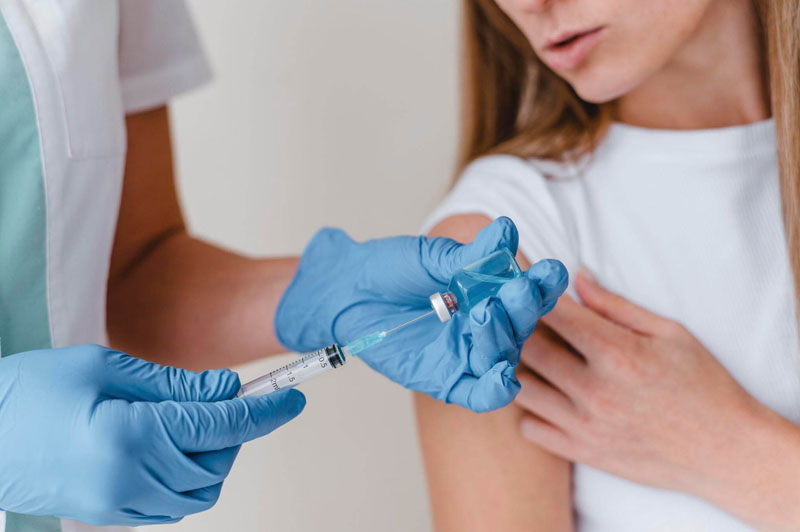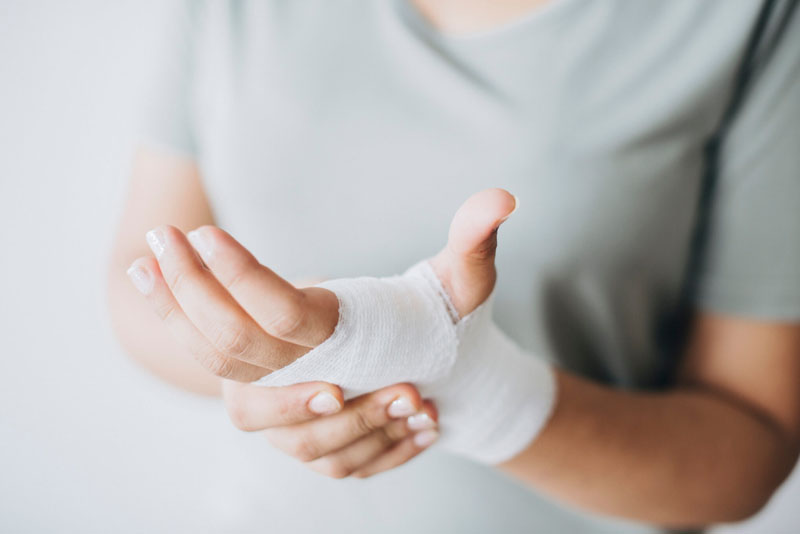It is the loss of blood from the tissue lining the nose. Bleeding most often occurs in one nostril only.
Considerations
Nosebleeds are very common. Most occur due to minor irritations or colds. The nose contains a large number of tiny blood vessels that bleed easily. Air moving through the nose can dry and irritate the membranes lining the nose. Crusts may form and bleed when irritated. Most of these bleeds occur at the front of the nasal septum. This is the piece of tissue that separates the two sides of the nose. This type of bleeding can be easy for a trained professional to stop. Less commonly, nosebleeds can occur at the top of the septum or deeper in the nose such as in the sinuses or at the base of the skull. These hemorrhages may be more difficult to control. However, nosebleeds are rarely life-threatening. We recommend you to read: How many times a year should you go to the doctor? Do you want to get vaccinated against COVID-19? See our services HERECauses
Nosebleeds can be caused by:- Irritations due to allergies, colds, sneezing or sinus problems.
- Very cold or dry air
- Forceful nose blowing or nose picking
- Injury to the nose, including a broken nose or an object stuck in the nose
- Sinus or pituitary (transsphenoidal) surgery
- Deviated septum
- Chemical irritants including aerosolized or inhaled medications or drugs
- Abuse of decongestant nasal sprays
- Oxygen treatment through nasal cannulas
Home Care
To stop a nosebleed:- Sit down and gently squeeze the soft portion of the nose between your thumb and forefinger (so that the nostrils are closed) for a full 10 minutes.
- Lean forward to avoid swallowing blood and breathe through your mouth.
- Wait at least 10 minutes before checking to see if the bleeding has stopped. Be sure to wait long enough for the bleeding to stop.
- Keeping the house cool and using a vaporizer to add moisture to the indoor air.
- Using a saline nasal spray and water-soluble jelly (such as Ayr’s gel) to keep the lining of the nose from drying out in the winter.
When to contact a medical professional
Get emergency care if:- The bleeding does not stop after 20 minutes.
- Nosebleeds occur after a head injury. This may indicate a skull fracture and x-rays should be taken.
- Your nose may be broken (for example, the nose looks crooked after a blow or other injury).
- You are taking medications to prevent blood clotting (anticoagulants).
- You had nosebleeds in the past that needed specialist treatment.
- You or your child has frequent nosebleeds.
- Nosebleeds are not related to a cold or other minor irritation.
- Nosebleeds occur after sinus or other surgery





